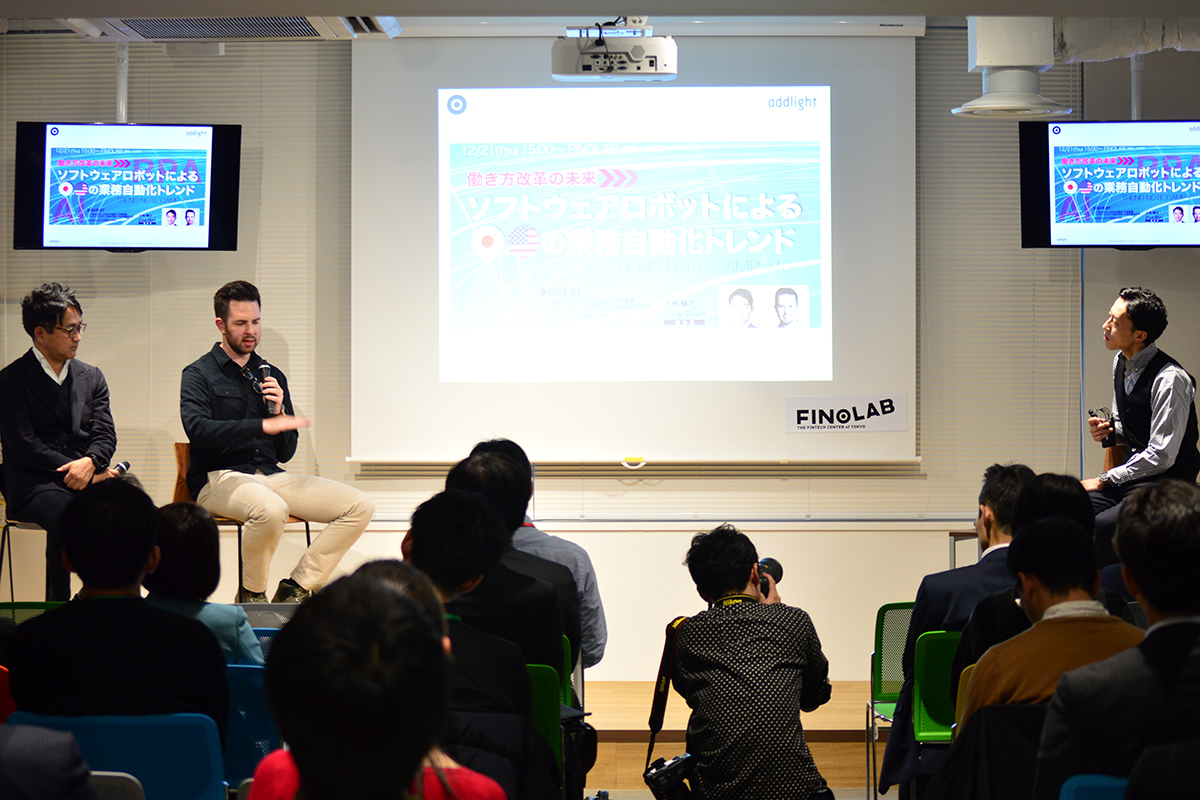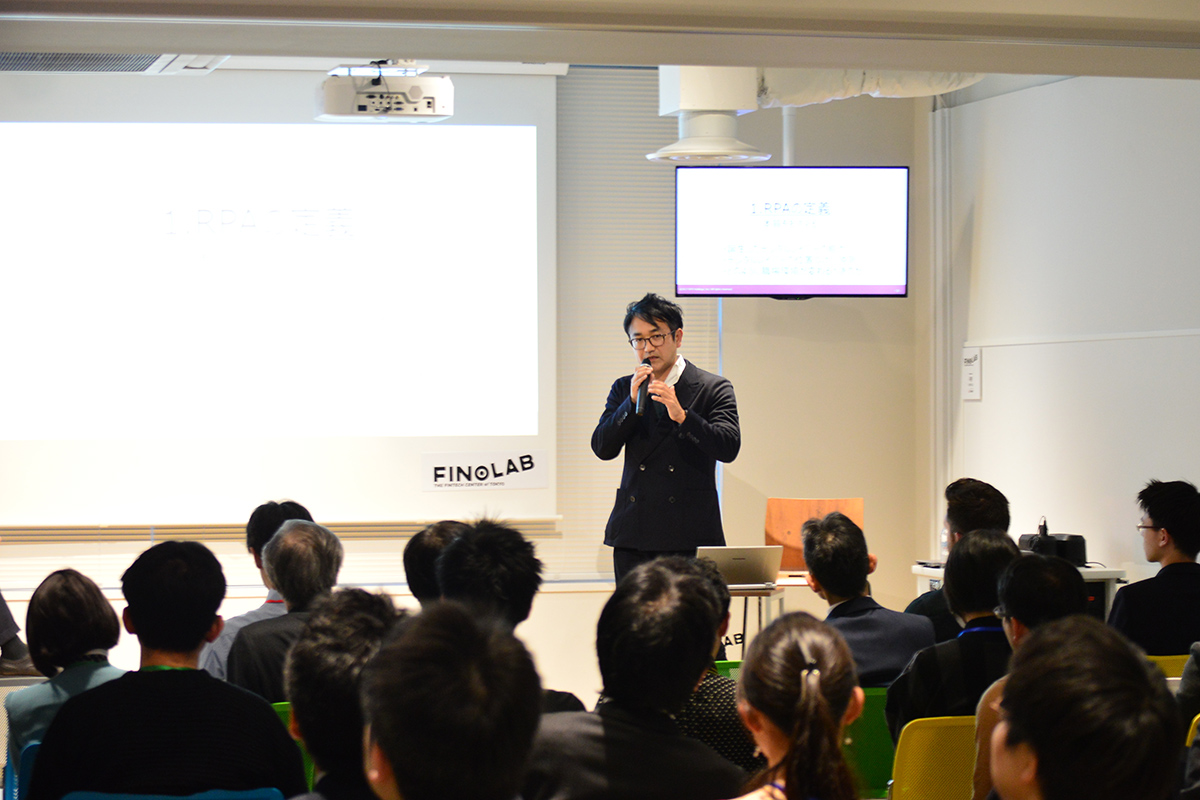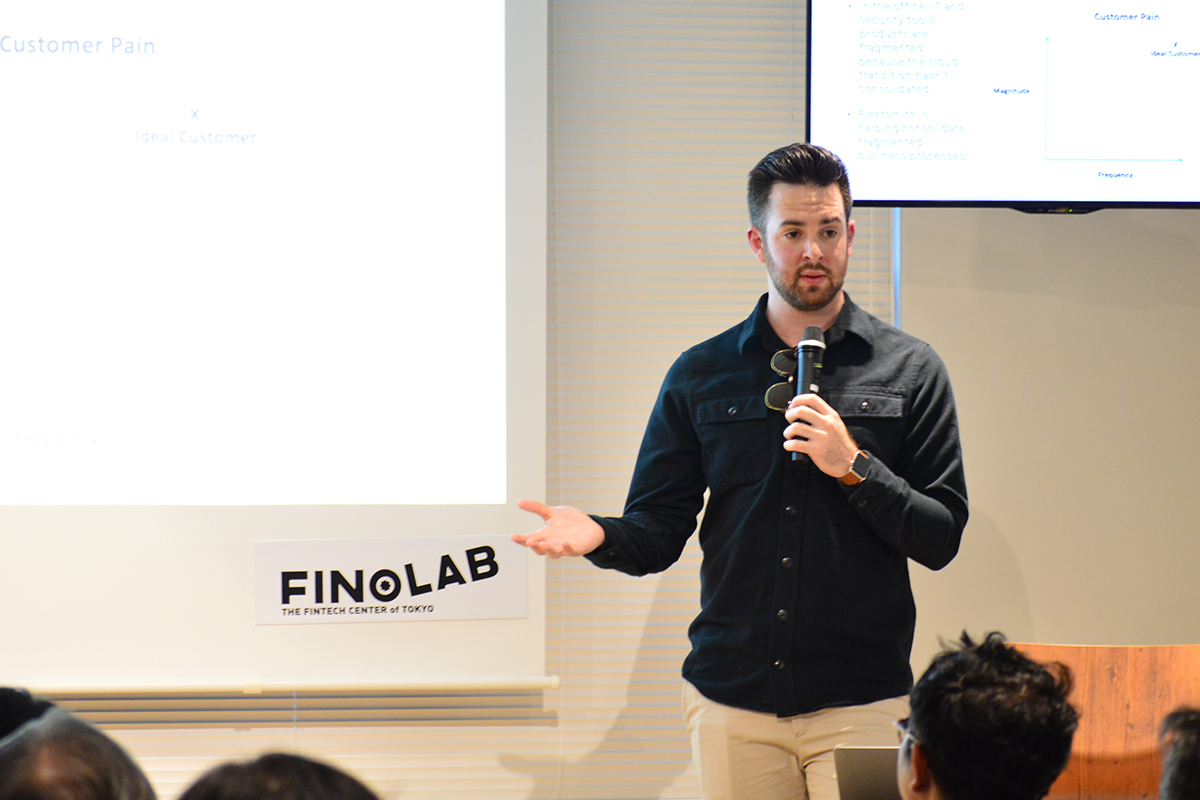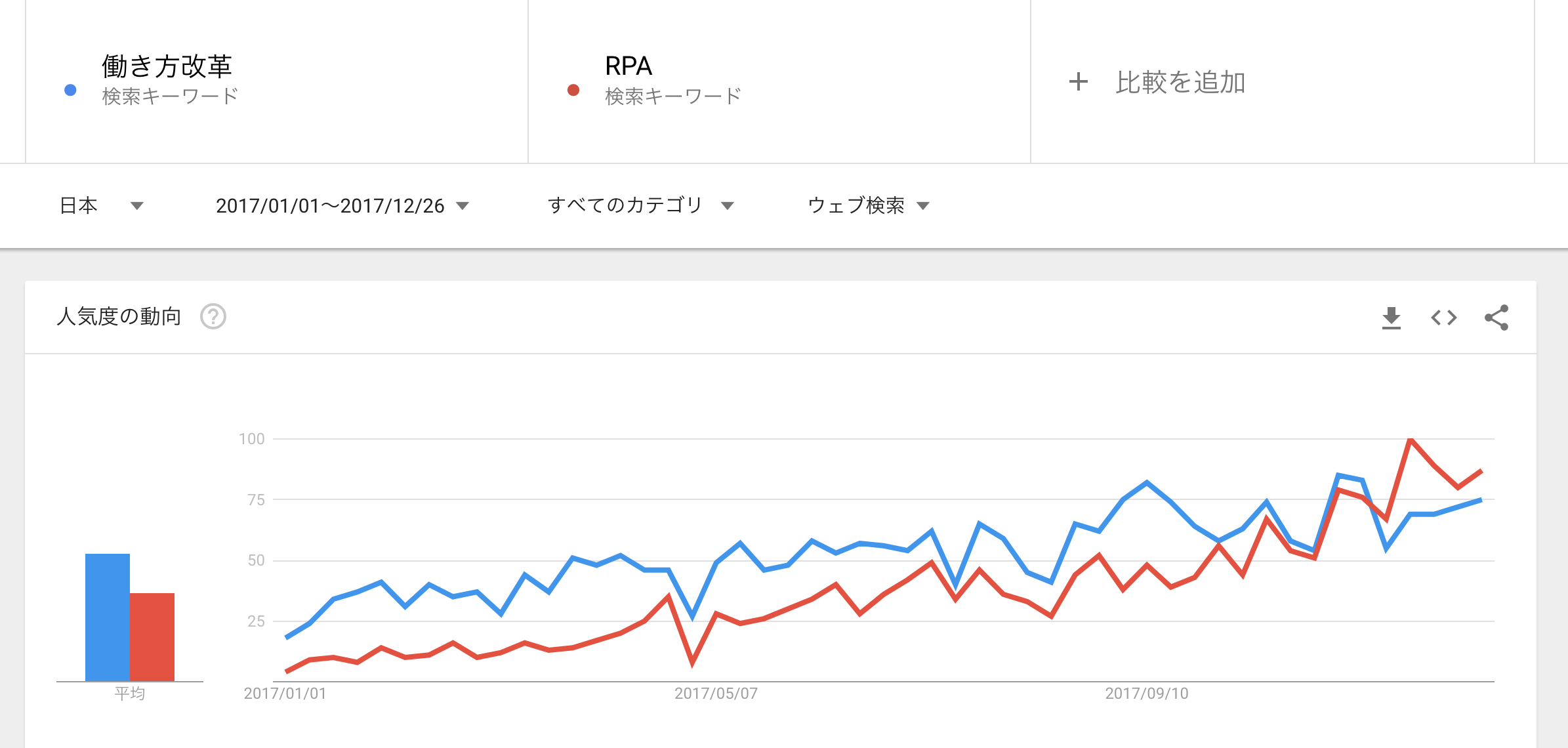Improving workplace efficiency and increasing productivity received a boost in Japan when Prime Minister Shinzo Abe in 2013 unveiled his plan to revive the Japanese economy.
Dubbed Abenomics, the revitalization strategy proclaimed three policy “arrows”—fiscal policy, monetary policy, and structural reform.
Under the third arrow, structural reform, Abe’s government has sought to change how we work, embrace diversity, and realize Society 5.0—the fifth iteration of human development.

Society 5.0 seeks to create an ultra-smart world, and to tackle such societal issues as the aging population, a declining workforce, and workplace inefficiency.
To achieve these aims, the government—via its Innovation Japan program—is working with SMEs as well as startups and establishing initiatives to support deep-tech industries like IoT, big data, machine learning, AI, and robotics.
Japan has been a world leader in the deep-tech industry, with companies like Cyberdyne Inc., a robotics maker, and UsideU, Inc., a retail industry automation services provider, leading the way. The country has led the world in industrial robots supply, for instance, shipping around JPY 309 billion, or 52 percent of global share, in 2016.
In recognition of such trends, late last year addlight Inc. co-hosted the event series Trend Note Camp in central Tokyo. Trend Note Camp #10 had as its title “Trends in Workplace Automation from the U.S and Japan,” and included such topics as software automation and the future of workplace optimization.
Two speakers held the floor this time: Zack Blum, the CEO of US-based startup Fleetsmith Inc., and Nobuyuki Oosumi, the CEO of Japan-based RPA Technologies, Inc.
AUTOMATION IN JAPAN
For Oosumi from RPA Technologies, the boom in software automation and RPA in Japan can be traced back to around January 2016.
In FY2016, for instance, there were 4,000 inquiries about the topic that RPA Technologies received, or about one inquiry for every hour they were open for business.
And as the barrier of entry into the industry has plummeted, the number of enterprises offering such services has increased—there are now some 200 to 300 players in Japan alone. The RPA market in Japan is around JPY20 trillion.

RPA tech is increasingly catching the attention of managers, and becoming a vital tool in their efforts to achieve certain KPIs. The movement has become analogous with “digital labor”—or a way to automate routine tasks. The technology operates 24 hours a day, 365 days a year, and it hardly makes a mistake.
What is more, the low threshold of implementing RPA means it is easier to adopt than AI, for example. Unlike AI, RPA can be implemented without much programming, and adapted easily to suit the needs of most clients—and its impact on management is huge.
In addition to improving workplace efficiency, there are other movements to increase efficiency via digital labor—the reception areas of car rental businesses, for example, are becoming a thing of the past. Legacy systems and tasks are also ripe for digital labor disruption.
In closing, Oosumi advised that it is important not to be overly complicated when implementing digital labor strategies; better still is to make changes that suit the particular client or business.
AUTOMATION IN THE U.S.
Automation is also gaining pace in the United States, including automation of software, with startups like Fleetsmith leading the way—in their case automation of Mac computer fleet management software.
Zack from Fleetsmith began by highlighting the company’s products and services. He then turned to three macro trends in the automation space in the United States: the transition to the cloud; the consumerization of IT; and, the confluence of security and IT.
First, IT spend in the United States is moving from on-premise servers to the cloud. Zack pointed out that half of the spend on business process outsourcing (BPO) automation between 2016 and 2020 will shift to the cloud in certain areas of workplace automation.
He noted the trend in distributed workforces: “When you don’t have to be in headquarters, or on the corporate network, and you don’t even have to use a VPN because everything is available through your browser on the cloud, you will see an increase in distributed and remote work.”

Between 2012 and 2016, the number of employees surveyed who said they work remotely increased by 7 percent, Zack said, referencing research published in The New York Times.
As for the consumerization of IT, where consumer-driven design is applied to business software, he noted that the use of IT platforms is becoming commonplace and intuitive.
“If you can use a messaging app like LINE, then you can manage your computers with products such as Fleetsmith offers; they are easy-to-use and they are automated.”
Lastly, Zack noted that security and IT are merging and, in part due to the increase of rewards to hackers, we are likely to see an increase in security attacks and risks.
The result is increasing incentives and demand for IT and security teams to work together—and with both sides utilizing automation products that allow them to work seamlessly and efficiently. That said, Zack noted that “automation” in the United States is a politically fraught term.
“A lot of people in the U.S. worked in jobs that they no longer have because of automation.” There is a political push in some segments of society, he added, to halt workplace automation.
But that is not going to happen. The United States and Japan, he explained, are democratic and capitalist societies where the profit motive is always present—and increased efficiencies and security is an important part of that.
For Zack, who was on his first visit to Japan, the Japanese market appears to be more ready than the U.S. (and European) market to accept automation. Fleetsmith, he concluded, is looking to engage Japanese partners and to explore areas of future collaboration.
JAPAN Vs THE U.S.
After Zack’s and Oosumi’s presentations, a panel discussion with both speakers was held, with addlight Inc.’s Tadaaki Kimura as moderator.
A number of topics were covered, with both speakers giving their impression of the automaton space in Japan and the United States.
Zack found it interesting that desktop-based automation was more popular in Japan than cloud-based automation. In the United States, he said, software-as-a-service (SaaS) offerings were being widely adopted, especially among SMEs.

Tad from addlight noted that Oosumi had been in the automation space from a time before RPA as a concept was commonly known. So what motivated him to enter this space?
Oosunmi, a roboticist, said he was simply inspired to make the transition, but that it took time to go from inspiration to making a request for a proposal to its acceptance. Once that is done, successful collaboration can be achieved.
At the end of the panel discussion, an exciting Q&A and networking opportunity was available for attendees, who included Japanese and non-Japanese. Team members from Fleetsmith and RPA Technologies were also present.
An English and Japanese language event, Trend Note Camp #10 was co-sponsored by FINOLAB and Mitsubishi Estate Co., Ltd. We look forward to seeing you at the next event.
For more from addlight, follow us on social media (Facebook and LinkedIn), and get the latest from our web magazine—addlight journal (in English and Japanese).
RELATED ARTICLE
Learn more about Fleetsmith Inc. in this exclusive interview with addlight journal.




